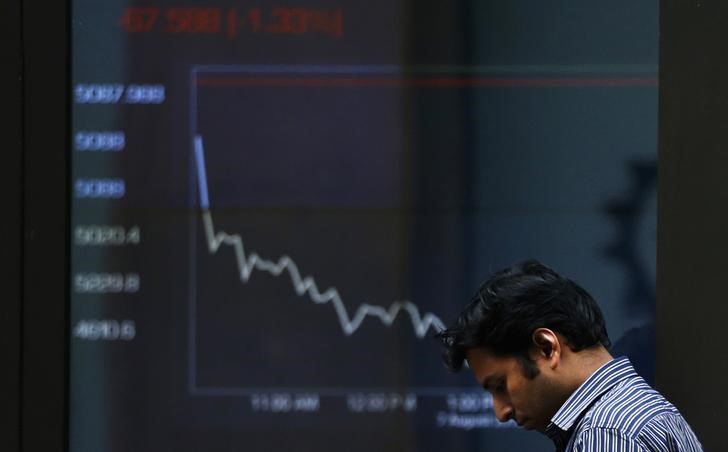Investing.com - The Australian Securities Exchange fell 0.4% after the first 50 minutes of trade on Thursday, reflecting ongoing losses on Wall Street overnight. Bitcoin, which initially displayed an impressive rally at the outset of the year, has experienced a substantial drop. Conversely, oil prices have surged in response to mounting apprehension over an escalating conflict in the Middle East.
The tech sector saw a significant setback, with Apple Inc (NASDAQ:AAPL) spearheading a $550 billion decline, marking a reversal from the remarkable rally of 2023.
Minutes from the Federal Reserve meeting highlighted a lessened inflation risk. However, policymakers expressed concerns about the potential for an "overly restrictive" monetary policy. Despite these concerns, the minutes did not provide clear indications of when potential rate cuts might begin. Morgan Stanley (NYSE:MS) noted that the minutes emphasized that policymakers are not preparing for immediate rate cuts, with the first cut from the Fed expected to occur in June.
In the commodities market, Brent crude prices rose by 3% to $US78.17 a barrel, and iron ore increased by 0.6% to $US142.55 a tonne. However, spot gold prices fell by 1.1% to $US2035.78 per ounce.
According to Reuters, job openings decreased by 62,000 to 8.790 million by the end of November, as reported in the Labor Department's monthly Job Openings and Labor Turnover Survey (JOLTS). This is the lowest level since March 2021. The quits rate, which is considered a measure of labor market confidence, fell to 2.2% after four consecutive months at 2.3%.
The Labor Department's December employment report, due to be released on Friday, is projected to show an increase of 170,000 jobs in December, following an increase of 199,000 in November. While the anticipated increase in December is below the average monthly increase of 240,000 over the previous 12 months, it is still significantly above the estimated 100,000 jobs needed each month to keep up with growth in the working-age population. The unemployment rate is expected to rise slightly to 3.8% from 3.7% in November.
In other economic news, the Institute for Supply Management (ISM) reported that the U.S. manufacturing PMI rose to 47.4 in December, after remaining stagnant at 46.7 for two consecutive months. This marks the 14th consecutive month the PMI has remained below 50, indicating a contraction in manufacturing, the longest such stretch since the period between August 2000 and January 2002.
Upgrade your decision-making with InvestingPro+! Use discount code “INVPRODEAL” and receive an additional 10% off the InvestingPro+ bi-yearly subscription. Click here! and don't forget the discount code.
